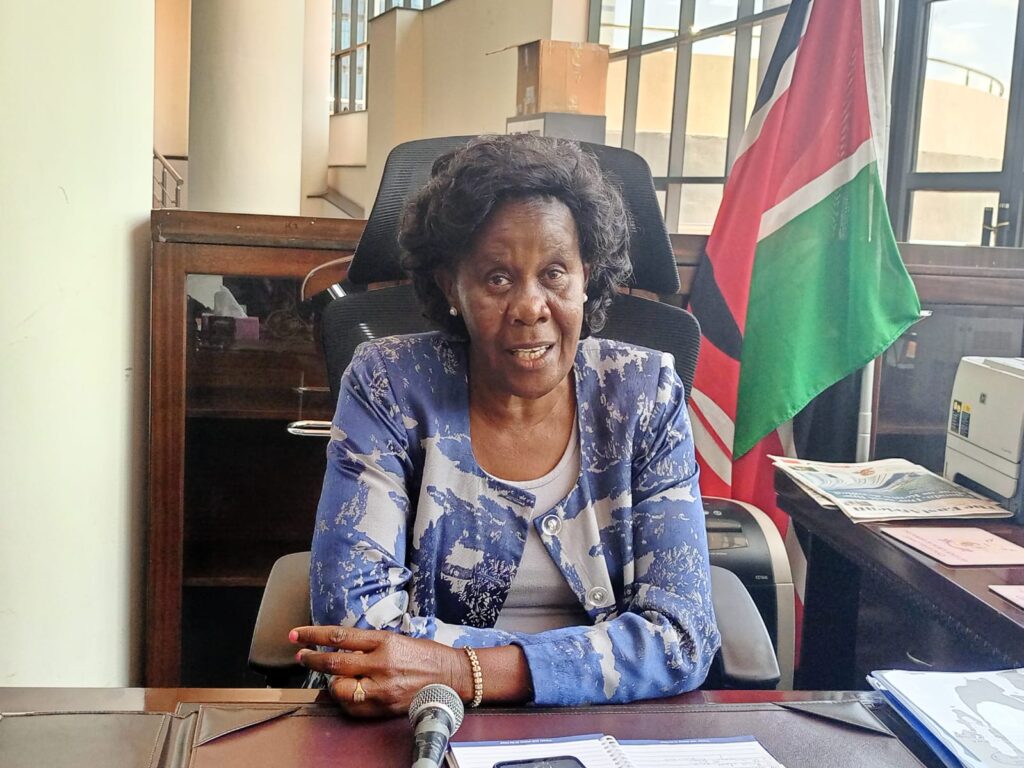POMAC Goes Digital

By John Kariuki
The Power of Mercy Advisory Committee shortly abbreviated as POMAC has now fully digitised the pardon process. This therefore means that a convict or his/her kin can apply for pardon virtually.
To expound more on this for us is POMAC’s Chief Executive Officer Lydia Muriuki who says:
“It’s now time to go paperless. Most a times the applicants had to go through a tedious process of hardcopy applications which was also cumbersome to process.
But now, good news is that, the process is as easy as ABC on your phone or any internet enabled device by going to epmis.powerofmercy.go.ke. One can also be able to easily track the status of a petition application from the system.
Eligibility To File A Petition For Exercise Of Mercy
Section (19) of the Power of Mercy Act provide for the eligibility to file a petition for the exercise of the power of mercy. Section 19 (2) states that a petition shall not be permitted where:
- The person for whose benefit it is made is on Probation or serving a suspended sentence
- The person has a pending judicial remedy before a court
Where a petition does not pass the eligibility test, the petitioner is notified of the reasons thereof.
The President may exercise power of mercy in accordance with the advice of the Advisory Committee by granting any of the following reliefs:
- Granting a free or conditional pardon to a person convicted of an offence
- Postponing the carrying out of a punishment, either for a specified or indefinite period
- Substituting a less severe form of punishment, or
- Remitting all or part of punishment.
Admissibility
Admissibility is the inherent power within the Committee set by the Act to either admit or defer a petition therefore rendering it inadmissible. In determining the admissibility of the petition as set out by section 21 (2) of the Power of Mercy Act, the Committee may consider:
- Whether, the convicted criminal prisoner has served at least one third of the sentence pronounced by a court (For determinate sentences)
- Where a person who is convicted and sentenced to imprisonment for life or to death and whose sentence has not been affected, has served for at least five years.
Any other relief that the committee may consider necessary.







